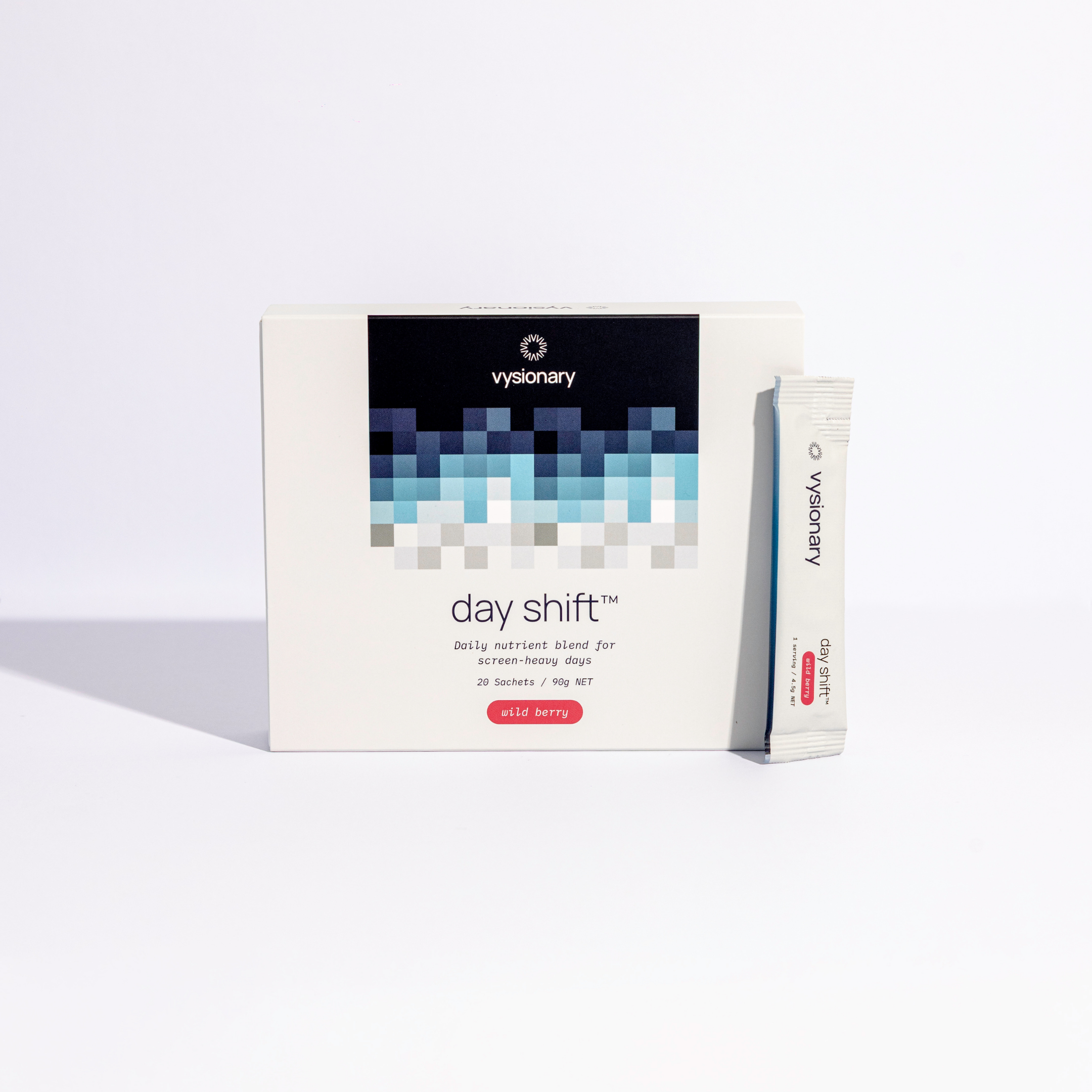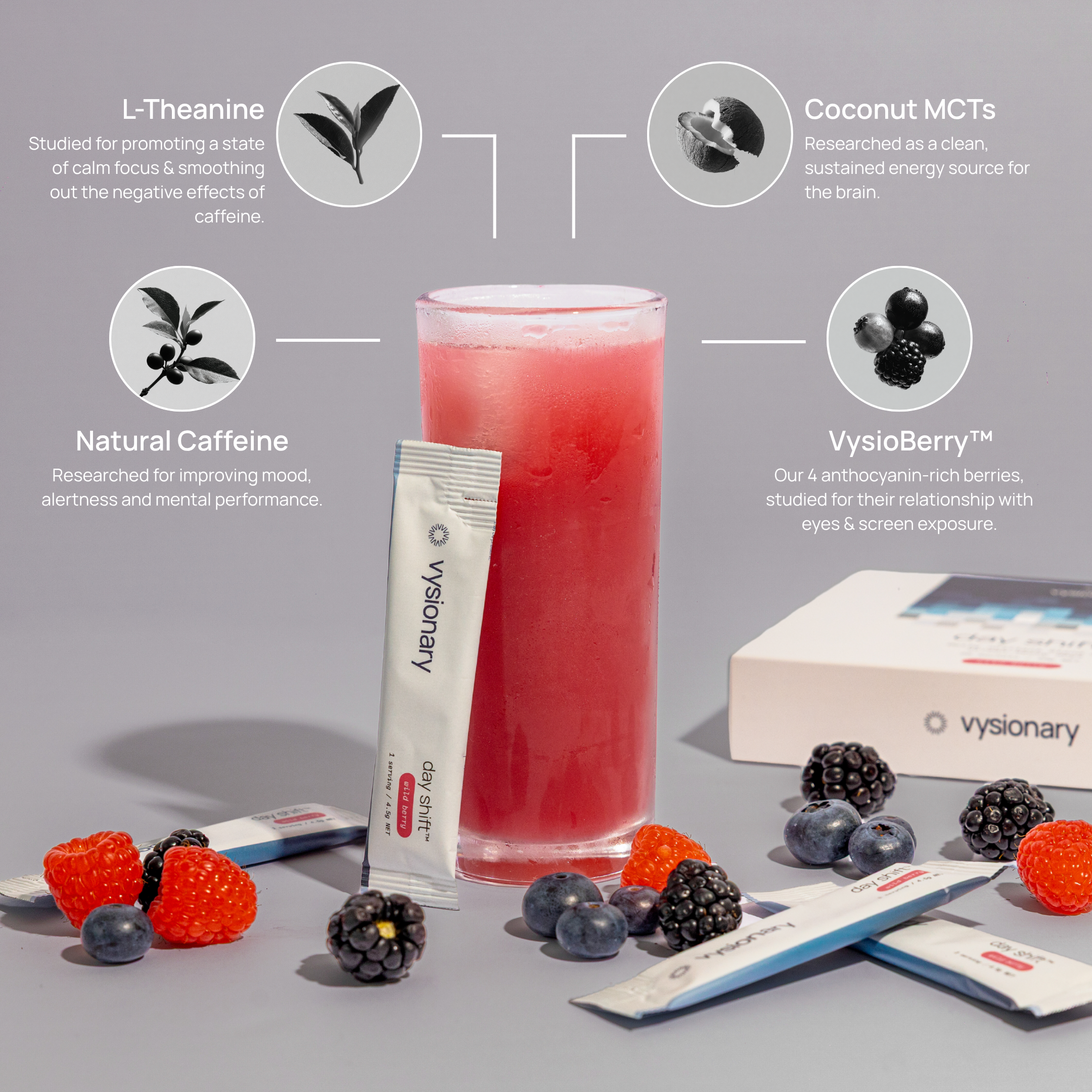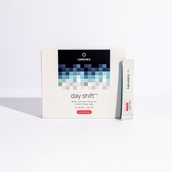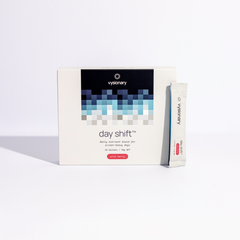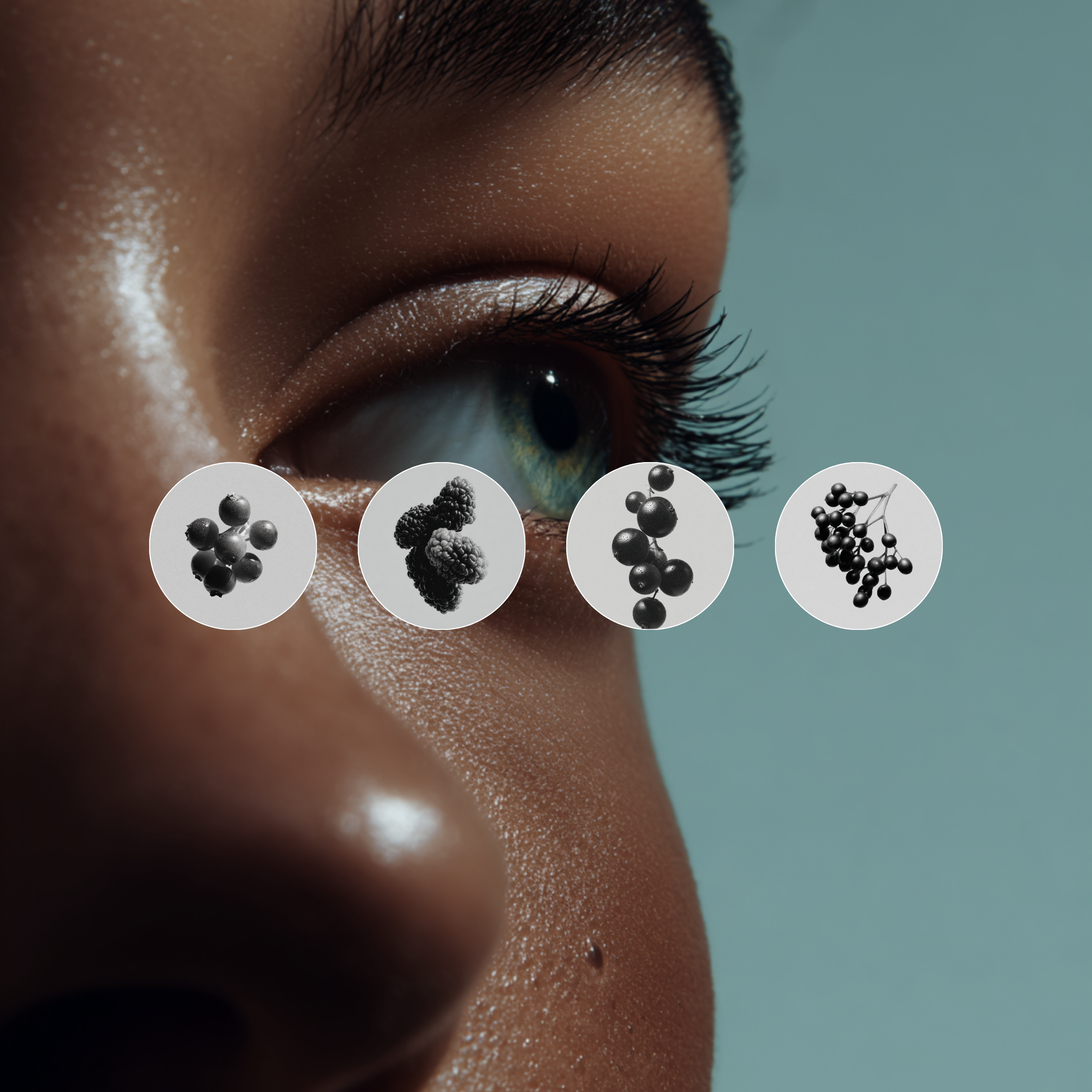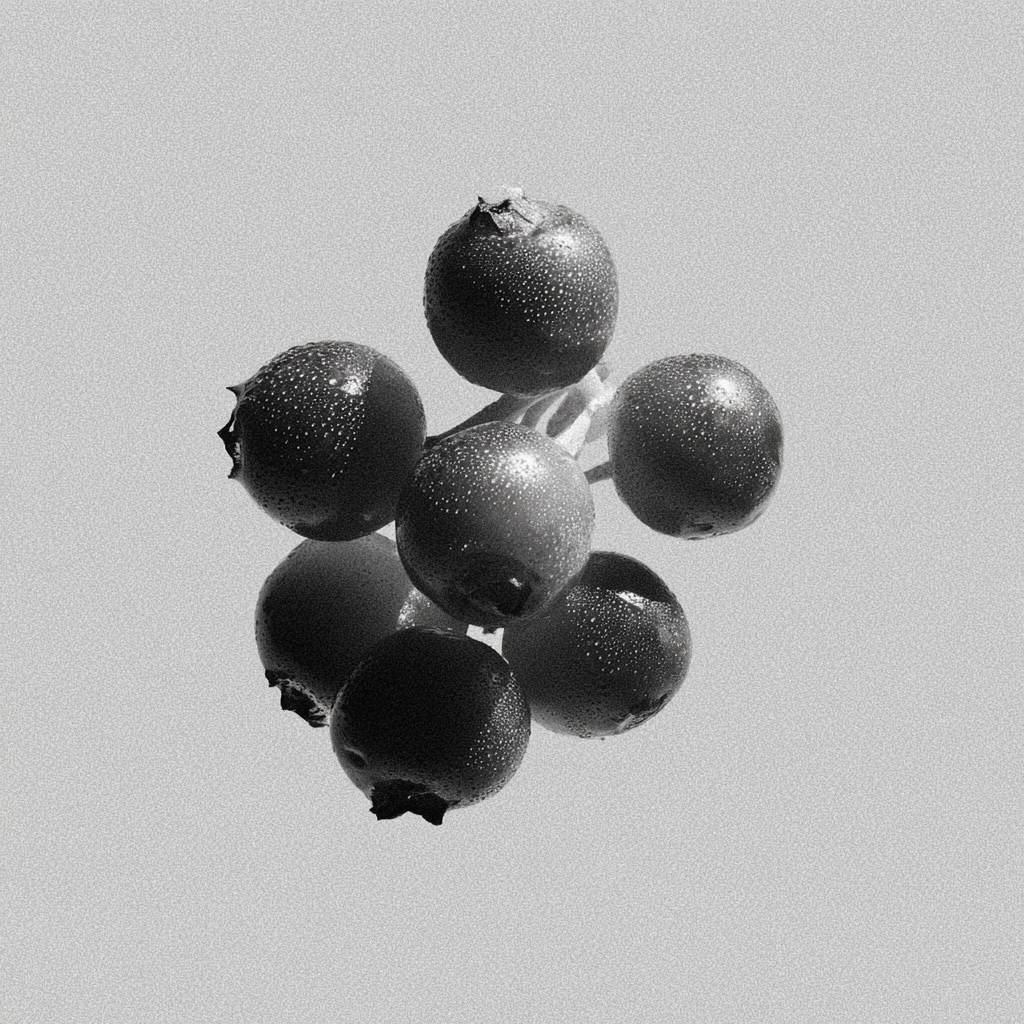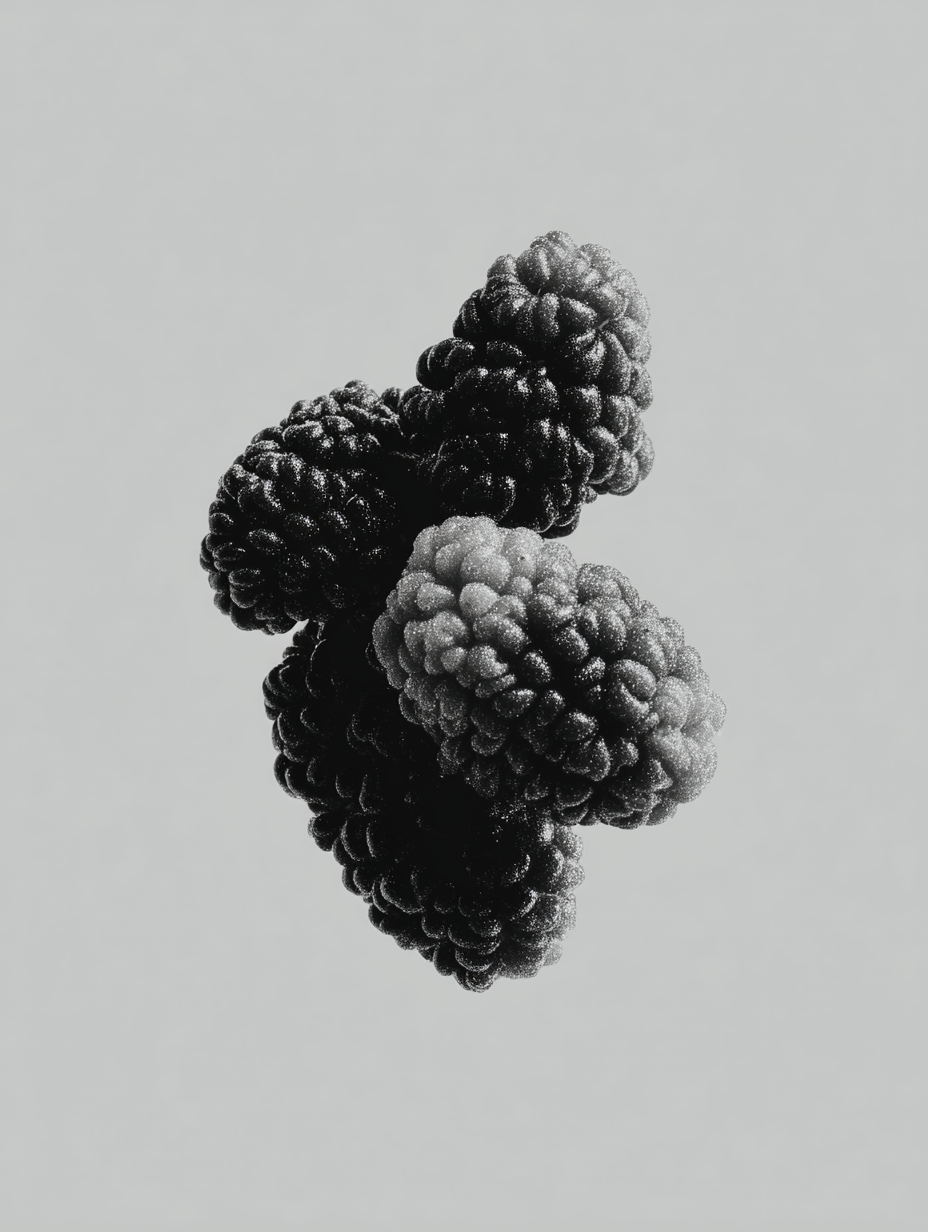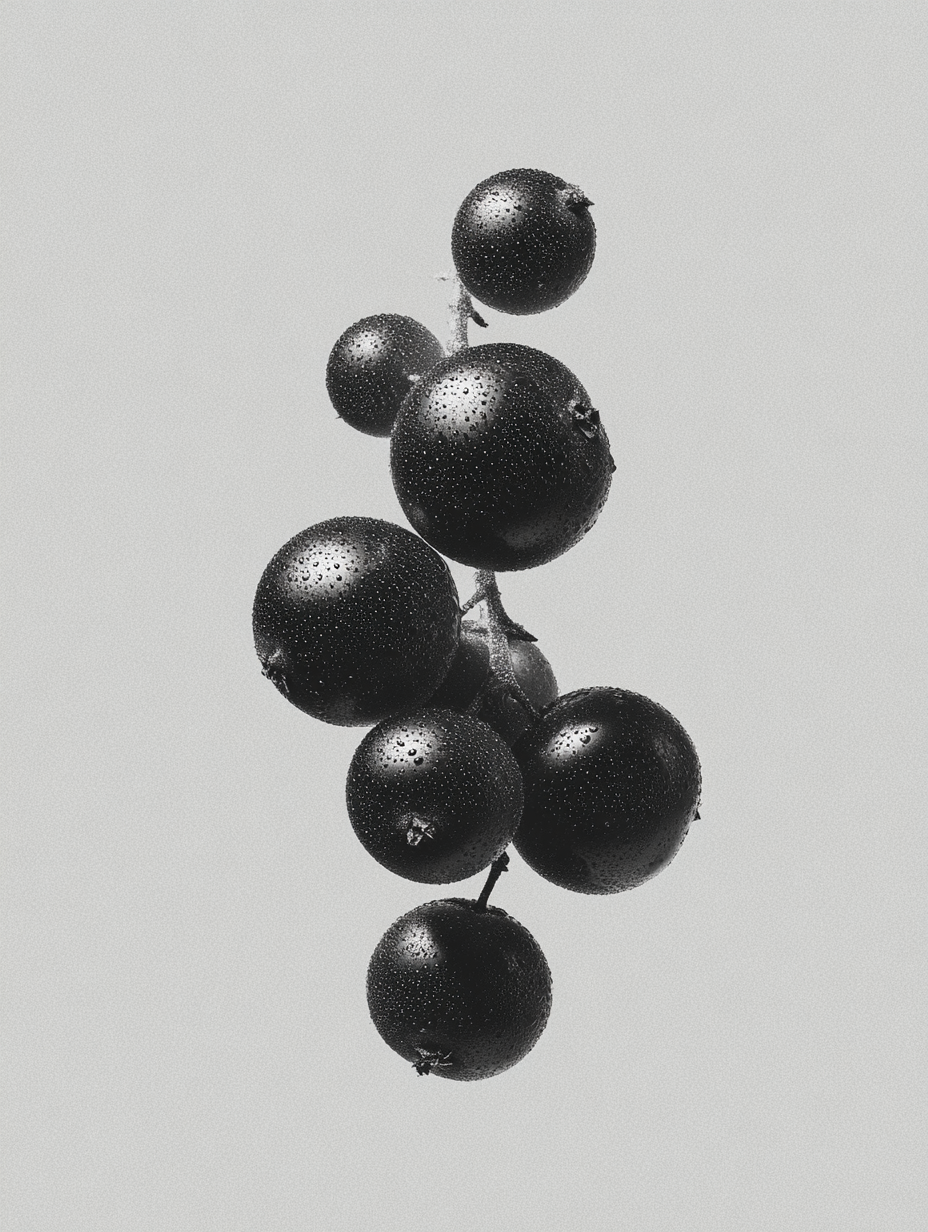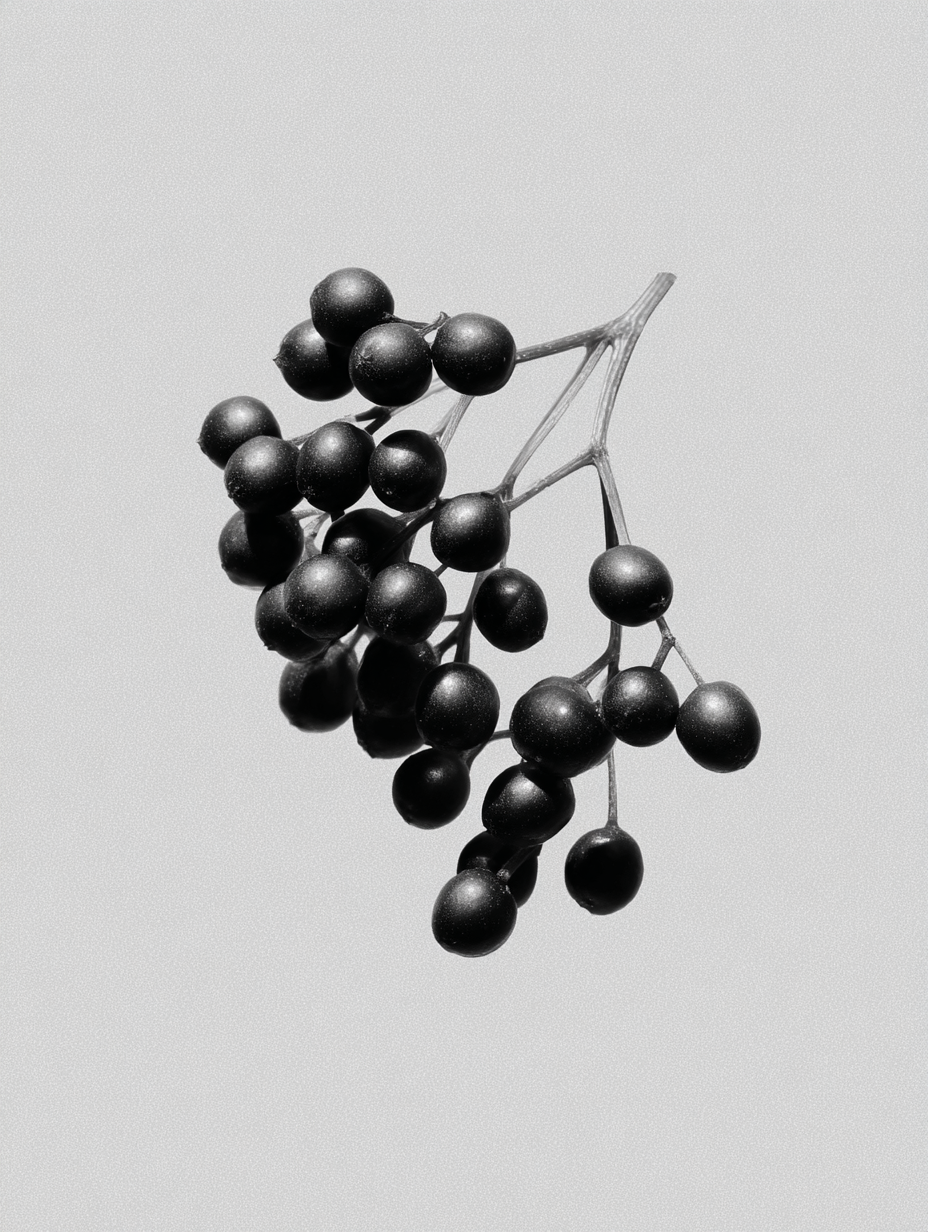Super Berries: Nature's Shield Against the Screen Time Tax
October 15 2025
The Unfair Advantage.
The evidence is clear.
Your workday is a state of constant physiological stress and nature has provided a powerful defense.
I've harnessed that defense, combining these four potent super berries into a single, synergistic formula.
Day Shift™ is more than a supplement; it's your new daily essential.
The antioxidant arsenal you need to survive & thrive in the digital world.
References
- Ozawa, Y., Kawashima, M., Inoue, S., Inagaki, K., Suzuki, T., Ooe, E., Kobayashi, S., & Tsubota, K. (2015). Bilberry extract supplementation for preventing eye fatigue in video display terminal workers. The journal of nutrition, health & aging, 19(5), 548–554.
- Pojer, E., Mattivi, F., Johnson, D., & Stockley, C. S. (2016). The Case for Anthocyanin Consumption to Promote Human Health: A Review. Comprehensive reviews in food science and food safety, 15(1), 3–18.
- Wargovich, M. J. (2011). Chapter 4: Bilberry (Vaccinium myrtillus L.). In Herbal Medicine: Biomolecular and Clinical Aspects (2nd ed.). CRC Press/Taylor & Francis.
- Eisenhauer, B., Natoli, S., Liew, G., & Flood, V. M. (2017). Lutein and Zeaxanthin—Food Sources, Bioavailability, and Dietary Variety in Age-Related Macular Degeneration Protection. Nutrients, 9(2), 120.
- U.S. Department of Agriculture, Agricultural Research Service. (2019). FoodData Central, FDC ID: 169921 (Mulberries, raw).
- Khan, I., Bahuguna, A., Kumar, M., Bajpai, V., & Kang, S. (2t017). A comprehensive review on the nutraceutical and therapeutic potential of Morus alba. Food Research International, 100(Pt 1), 329–344.
- U.S. Department of Agriculture, Agricultural Research Service. (2019). FoodData Central, FDC ID: 171686 (Blackcurrants, raw) & FDC ID: 169918 (Oranges, raw).
- Nakaishi, H., Matsumoto, H., Tominaga, S., & Hirayama, M. (2000). Effects of black currant anthocyanoside intake on dark adaptation and VDT work-induced transient refractive alteration in healthy humans. Alternative medicine review: a journal of clinical therapeutic, 5(6), 553–562.
- Cook, M. D., Myers, S. D., Blacker, S. D., & Willems, M. E. (2015). New Zealand blackcurrant extract improves cycling performance and fat oxidation in cyclists. European journal of applied physiology, 115(11), 2357–2365.
- Tiralongo, E., Wee, S. S., & Lea, R. A. (2016). Elderberry Supplementation Reduces Cold Duration and Symptoms in Air-Travellers: A Randomized, Double-Blind Placebo-Controlled Clinical Trial. Nutrients, 8(4), 182.
- Travica, N., D'Cunha, N. M., Naumovski, N., Mellor, D. D., Garde, A., & Stojanovska, L. (2020). The effect of anthocyanin-rich foods on cognitive performance: a systematic review of randomized controlled trials. The British journal of nutrition, 123(5), 537–548.
- Strugała, P., Loi, S., Maxia, A., & Gabrielska, J. (2019). A Comprehensive Study on the Antioxidant and Protective Effects of Sambucus nigra L. on the Oxidative Stress in the Human Ocular Cells. Antioxidants (Basel, Switzerland), 8(6), 183.


